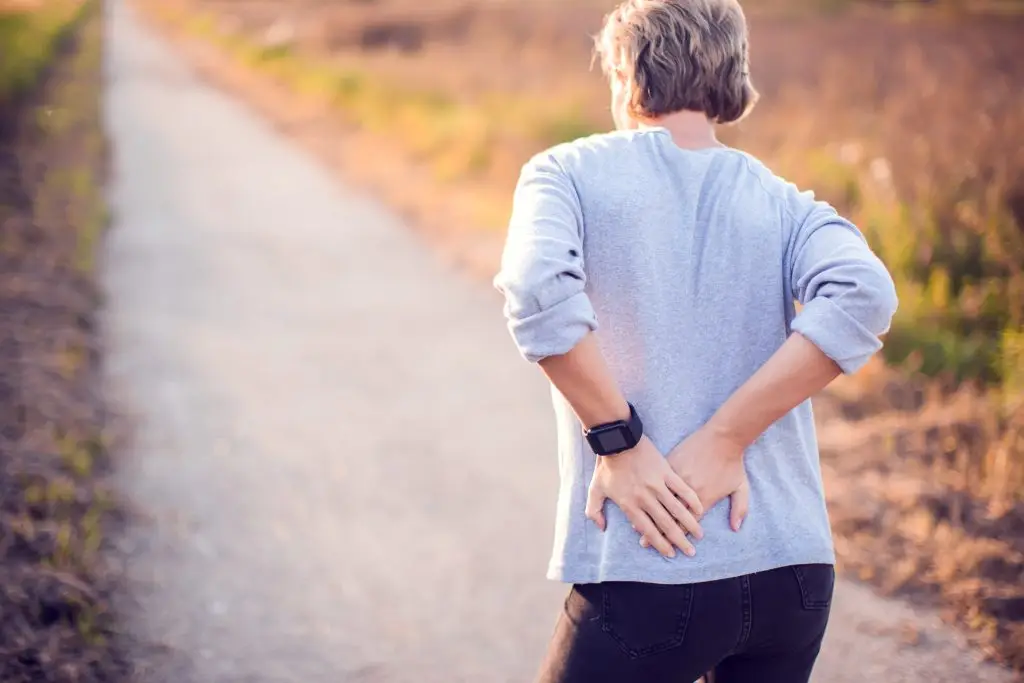As we age, joints and muscles we used to take for granted can begin to cause problems for everything from getting out of bed to participating in our favorite hobbies.
If you’re experiencing symptoms of hip pain, popping, weakness, or aches, you don’t have to accept this inevitable act of aging as it comes. There are simple treatments without medication that can restore and prolong the health and flexibility you used to have in your hips and other joints through physical therapy.
Causes of Hip Pain
The hips are a complex and high-stress joint system that bears your weight as you stand and move in just about every way. There are many layers of muscles, connective tissue, and moving parts that work together to provide smooth range of motion and strength to your extremities.
This complexity and load-bearing nature means that when your hips start to wear down, you know right away. Leading causes of hip pain include injuries as well as chronic conditions:
- Osteoarthritis
- Rheumatoid arthritis
- Sprains
- Bursitis
- Hip fracture
- Hip labral tear
- Sciatica
- Fibromyalgia
Other rare and more serious conditions can cause hip pain along with other side effects. In most cases, hip pain is related to normal wear and tear or repetitive stress that is expected during the aging process or after a hip injury. Sometimes, the solution is as simple as changing the shoes you wear during daily life or exercise, which is why our therapists take the examination process seriously.
Whether you recently started experiencing hip pain for the first time, or have been dealing with chronic pain for years, an examination allows a physical therapist to accurately and correctly treat the root cause of the pain.
How physical therapy can help
Physical therapy enjoys a long history of evidence-based effectiveness in treating joint pain and aches throughout the body. Although the specific plan and techniques vary by person, a few things you can expect from hip pain treatment include:
- Gait analysis and training
- Posture evaluation
- Manual physical therapy
- Personalized strengthening and stretching plan
- Balance training
Many of these treatments can and should be performed at home to encourage long-term strength, flexibility, and relief from pain. In addition, your physical therapist might also recommend resting the target joint or applying ice or heat to the area to help manage flareups.
Start getting hip pain relief today
Our goal is to help you get the relief you need to live the lifestyle you want, both now and in the long run. Start a conversation with our team by calling the nearest location or requesting an appointment online today.

